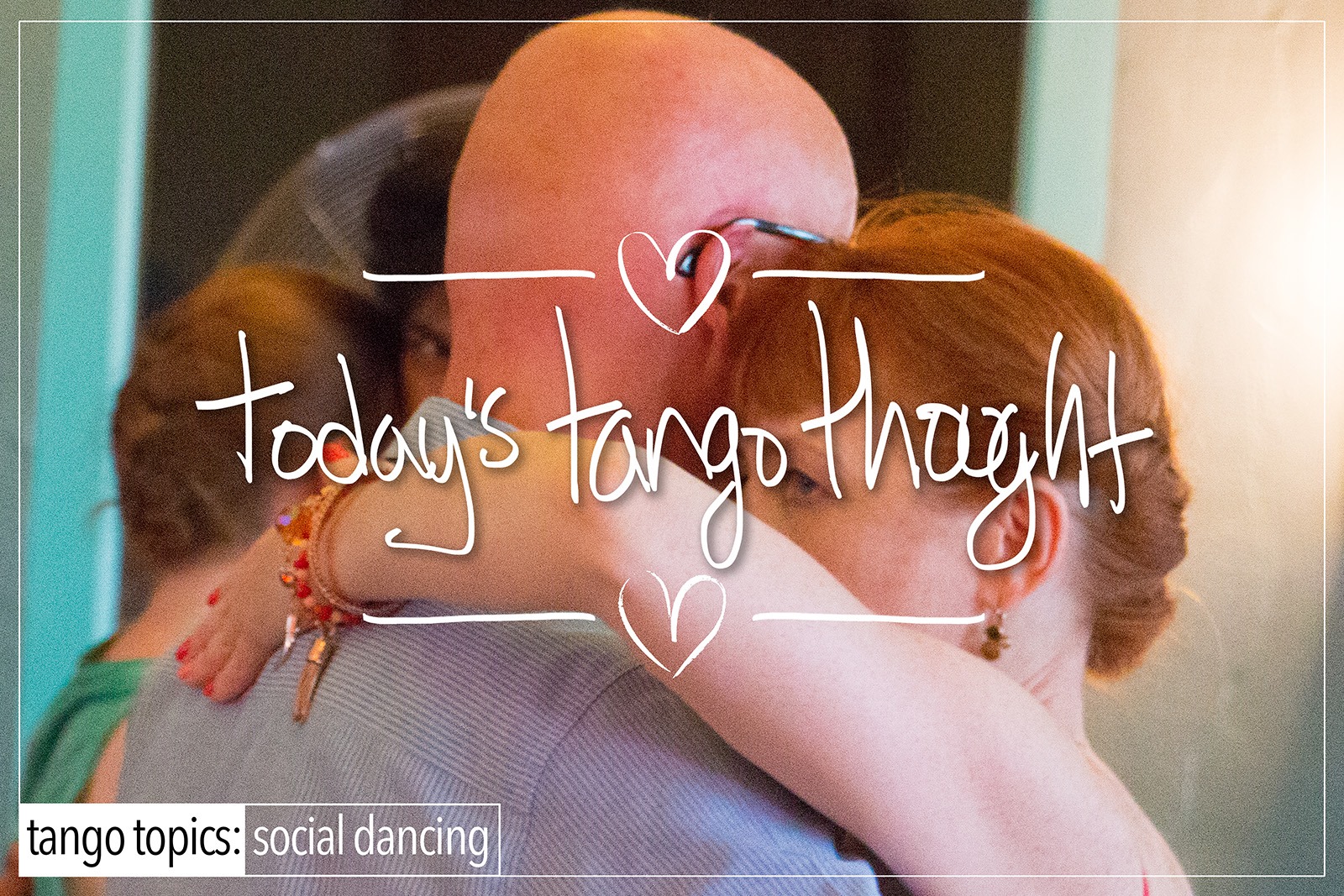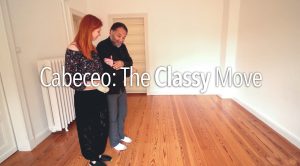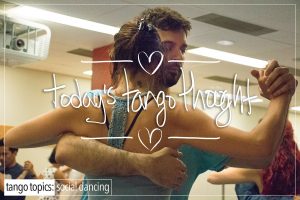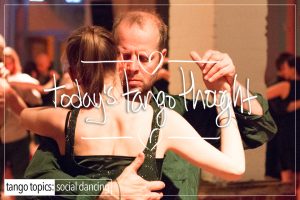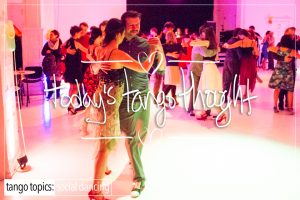There is a natural body meridian going from the line of where the legs come together that passes through the groin up through the sternum (bisecting it), continuing to bisect the nose and then continuing upwards. This is known as either the Body Meridian or the Tango Meridian. #SocialTango

Giving Feedback
This is probably one the most important things in Argentine Tango that you can do for yourself and the people that you dance with. Giving constructive, clear, concise, clean, direct, and most of all, honest feedback. It is what is required. While feedback is subjective, it is not personal, it’s what is going on for you in the construct of the dance, the walk, the embrace, and how someone moves in relation to you.

